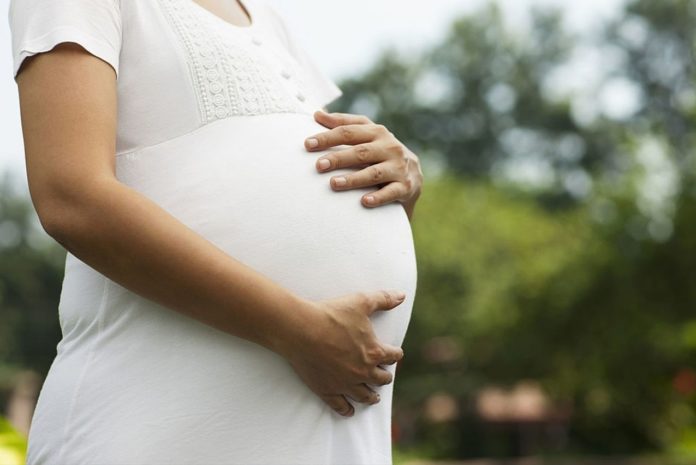The study’s findings, published in the journal BMC Pregnancy Childbirth, discovered that the placental growth factor was the best predictor of a negative pregnancy outcome.
It is commonly known that women who have children later in their reproductive lives are more prone to experience problems.
Scientists believe they have discovered a simple test to determine which mothers are at more risk.
Mums-to-be over the age of 35 have reduced amounts of placental growth, which is produced when the placenta is healthy, according to Manchester University researchers.
But, more importantly, these mothers had more antioxidant capacity, which indicates if the organ’s cells are degenerating or inflamed.
“Mothers over 35 are increasingly common in many countries,” said the study’s lead author and Professor Alex Heazell.
“And, unfortunately, having a baby later in life has long been associated with higher pregnancy risks.”
“We already know changes in oxidative stress and inflammation we saw in this study are associated with many pregnancy complications.”
“But for the first time here, we found they were also present in older mothers, which could be damaging the placenta and might explain why older mothers face these higher risks.”
He further said: “If we measure these biomarkers in the placenta, along with demographic information and clinical variables that we already know affect pregnancy risk, that could give us a better way of predicting someone’s individual risk of an adverse pregnancy outcome at an older age.”
Stillbirth, early births, and newborns admitted to intensive care units are all two times more likely in older mothers.
Because people are starting families later in life, improved approaches to predicting how a mother’s age may affect her pregnancy health are needed now more than ever, according to Jane Brewin, chief executive of pregnancy charity Tommy’s, which funded the findings.
The results of the study were published in the journal BMC Pregnancy Childbirth.
Image Credit: Getty
You were reading: A new way of predicting the risk of premature or stillbirth early
